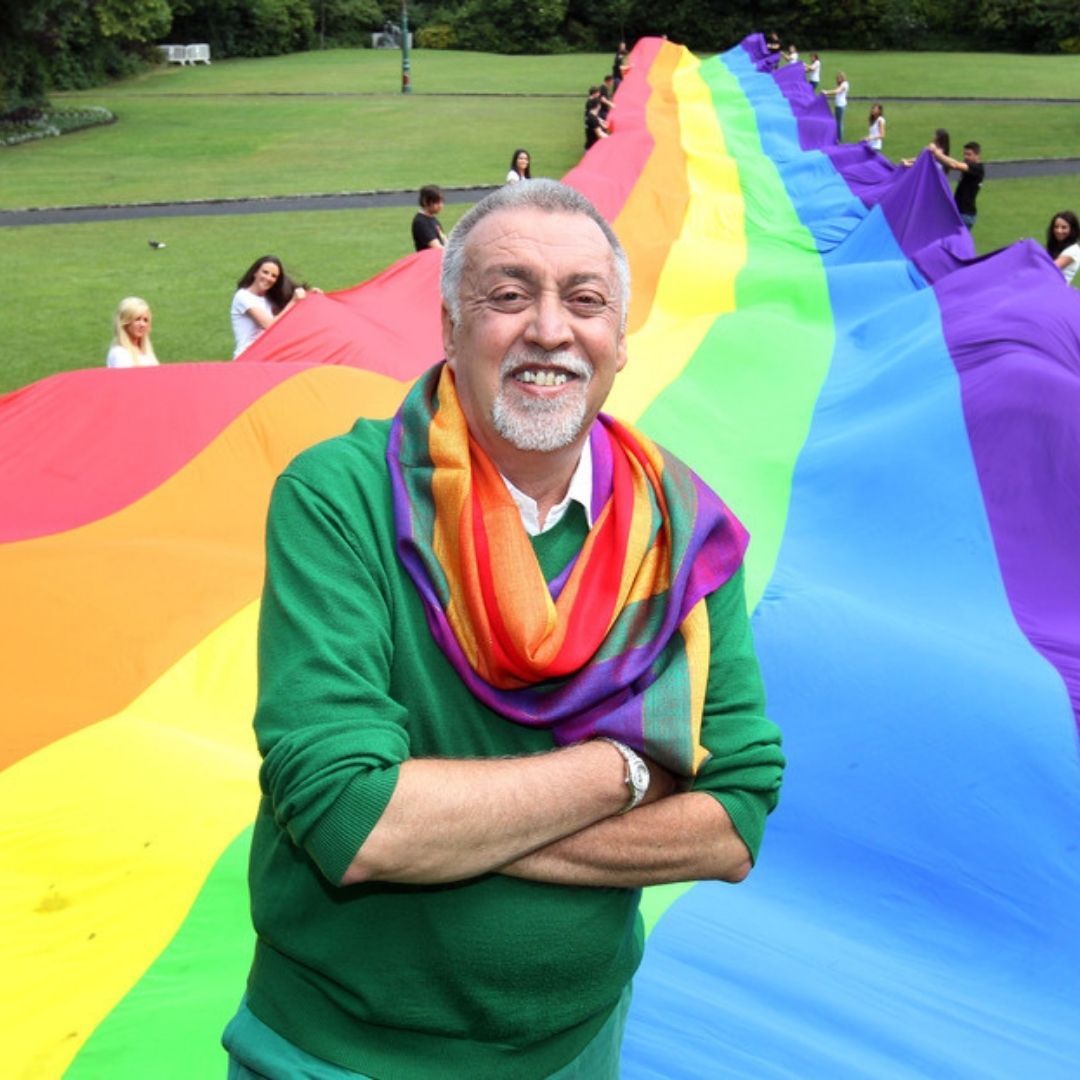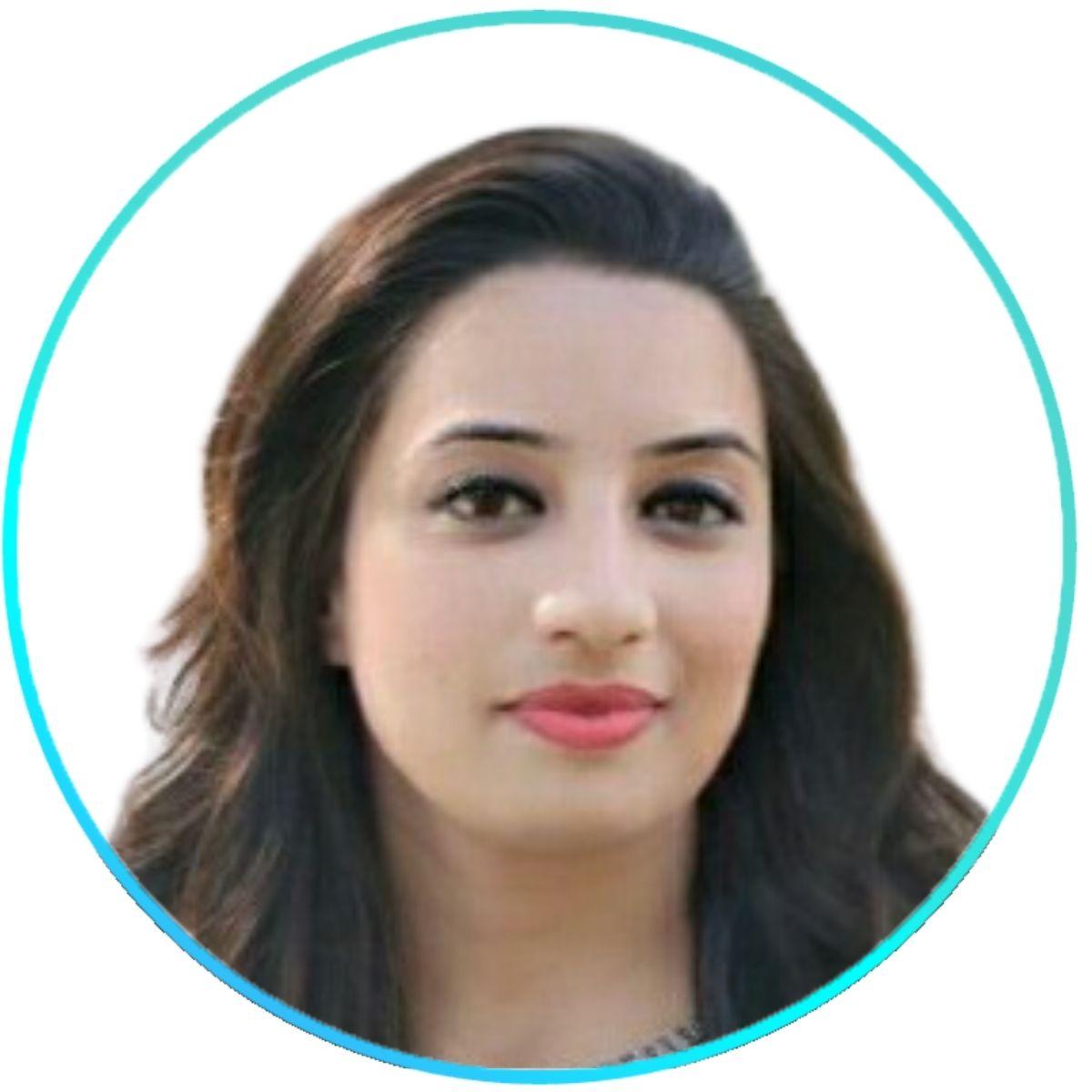
Image Credits: Gilbert Baker Foundation
Gilbert Baker, The Designer Of Rainbow Flag That Stands Tall As Symbol Of LGBTQ Pride
Others/World, 30 Dec 2021 4:28 AM GMT
Editor : Palak Agrawal |
Palak a journalism graduate believes in simplifying the complicated and writing about the extraordinary lives of ordinary people. She calls herself a " hodophile" or in layman words- a person who loves to travel.
Creatives : Tashafi Nazir
For most people, journalism sounds hectic and chaotic. For her, it's a passion she has been chasing for years. With an extensive media background, Tashafi believes in putting efforts on presenting a simple incident in the most interesting way.
The rainbow flag symbolises lesbian, gay, bisexual, transgender (LGBT) and queer pride and LGBT social movements. Also known as the gay pride flag or LGBT pride flag, the colours reflect the diversity of the LGBTQ community and the "spectrum" of human sexuality and gender.
World-famous political activist, designer and flag-maker Gilbert Baker was best known for creating the historic Rainbow Flag in 1978. Over the next forty years, his creation would be embraced worldwide as the universal symbol of the lesbian, gay, bisexual, and transgender (LGBT) movement.
Gilbert's work as a flag maker spanned almost four decades and included distinctions for creating two flags that created the world's records for their length.
Born on June 2, 1951, in Chanute Kansas, Baker worked in the United States Army from 1970 to 1972. He was posted as a medic in San Francisco at the beginning of the gay rights movement and lived there as an openly gay man. After his honourable discharge from the military, he worked on the first marijuana legalisation initiative California Preposition, and was taught to sew by his fellow activist Mary Dunn. He used his sewing skill to create banners for gay rights and anti-war protest marches. During this period, he became friends with Harvey Milk.
Sewed First Rainbow Flags
According to the Gilbert Baker foundation, the activist began creating a new symbol for the gay and lesbian political movement. Working with friends, he dyed and sewed the first Rainbow Flags. On June 25, 1978, Baker raised the banners in United Nations Plaza to commemorate that year's San Francisco Gay Freedom Day Parade.
In 1978, Baker first created the Rainbow Flag with a collective. He refused to trademark it, seeing it as a symbol for the LGBT community. Baker began working at Paramount Flag Company in San Francisco in 1979, then located on Polk Street and Post Street in the Polk Gulch neighbourhood. He designed displays for the Premier of China, Dianne Feinstein, the presidents of France, the Philippines, and Venezuela, the King of Spain, and others. He also designed creations for various civic events and San Francisco Gay Pride. In 1984, he created flags for the Democratic National Convention.
World's Largest Flag
Baker shifted to New York City in 1994, where he lived for the rest of his life. He continued his creative work and activism there. That year he created the world's most giant flag (at that time) in celebration of the 25th anniversary of the 1969 Stonewall riots.
In 2003, to celebrate the Rainbow Flag's 25th anniversary, Baker broke his world record by creating a gigantic flag for Key West Pride. The banner was one and one-quarter miles long and stretched sea to sea from the Gulf of Mexico to the Atlantic Ocean. The flag was cut into sections and distributed to over 100 cities worldwide.
Symbolic Colours
The colours on the Rainbow Flag reflect the diversity of the LGBT community. When the activist raised the first rainbow flags at San Francisco Pride on June 25, 1978, it comprised eight symbolic colours.
Thirty volunteers had helped Baker hand-dye and stitch the first two flags in the top-floor attic gallery of the Gay Community Center at 330 Grove Street in San Francisco. As using dye in public washing machines was not allowed at that time, they waited until late at night to rinse the dye from their clothes, running a cycle with bleach in the washing machines after leaving.
The design had undergone several revisions to remove two colours for expediency and later re-add them when they became more widely available. As of 2021, the most common variant consists of six stripes, with red, orange, yellow, green, blue, and violet.
Now, this is the familiar variant of the rainbow flag, with the red stripe on top, as in a natural rainbow. The various colours came to reflect both the immense diversity and the unity of the LGBTQ community.
Now the rainbow flag is a global symbol for LGBTQ pride and can be seen flying proudly, during both the good times and the difficult ones, worldwide.
Also Read: How School Curriculum Can Help In Uprooting Stigmas Associated With LGBTQ Community?
 All section
All section














